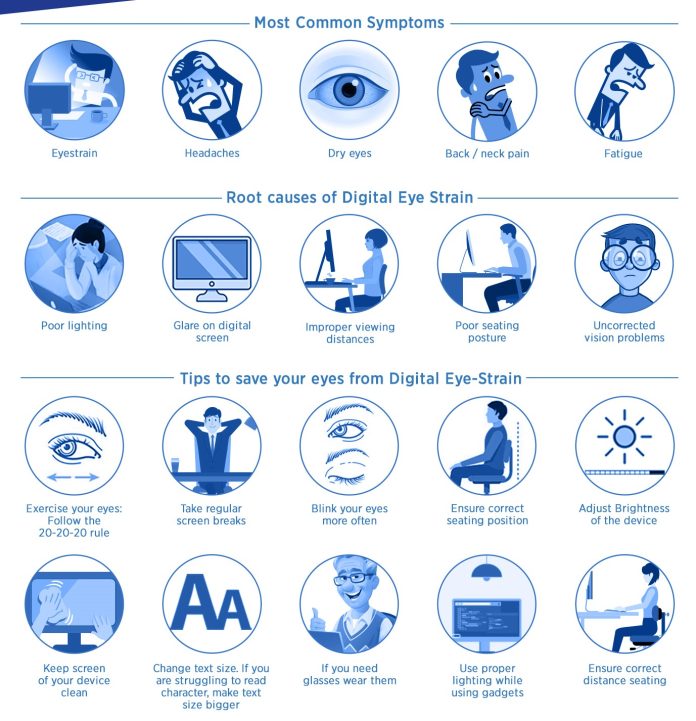The eyes play important roles in everyone’s life and without them, people will struggle to learn, to walk, to read, to participate in school and to work.
According to the World Health Organisation, at least 2.2 billion people across the world have a near or distance vision impairment; and, at least one billion of these could have been prevented.

The global health body said the main conditions causing distance vision impairment or blindness are cataract (94 million), refractive error (88.4 million), age-related macular degeneration (8 million), glaucoma (7.7 million), diabetic retinopathy (3.9 million). The main condition causing near vision impairment is presbyopia (826 million).
Anybody can be at risk of visual impairment or blindness but some people have greater risks than others.
Family history: If you have a family member who has glaucoma, refractive error, short-sightedness, or long-sightedness; you are likely to have these conditions, because they are genetic.
Age: Age increases the risk of having visual impairment like cataract, glaucoma, age-related macular degeneration. Experts say 80 per cent of visual impairment occurs from age 50 and above.
Health conditions and medications: There are some underlying health conditions, such as diabetes that increase the risk of visual impairment. Also, the prolonged use of steroids have been linked to the development of cataract, and glaucoma.
Lifestyle factors: Some lifestyle factors also increases the risk of visual impairment. For instance, smoking is a risk factor for cataract.
Then there are certain lifestyle factors. For instance, like many other health conditions, smoking is a risk factor for cataract and also macular degeneration.
There is therefore the need for appropriate care of the eyes to avoid serious consequences.
How to protect your vision
Early detection and access to treatment can help to prevent some of the risk factors. It is recommended that regular eye examinations at least twice a year while those at higher risk should go for eye examinations frequently.
 Limit exposure to UV: Limit your exposure to ultraviolet light by wearing sunglasses and protective eye wears, especially when you are under the sun.
Limit exposure to UV: Limit your exposure to ultraviolet light by wearing sunglasses and protective eye wears, especially when you are under the sun.
Take regular breaks: Make sure you take regular breaks when using computers, screens to avoid eye strain.


